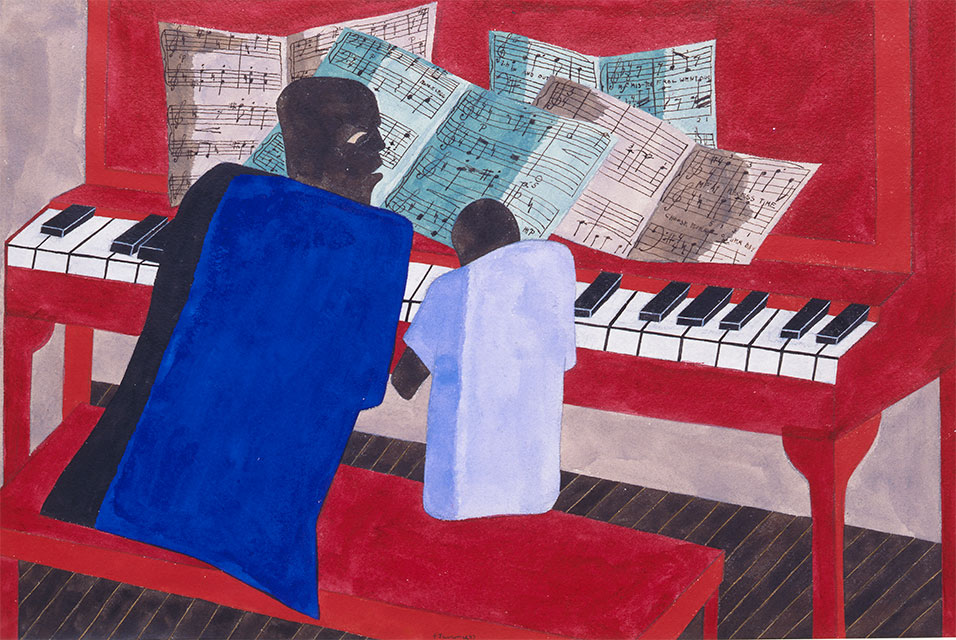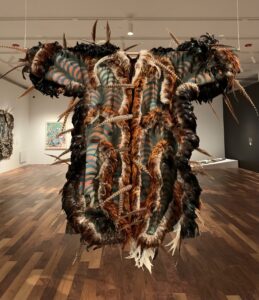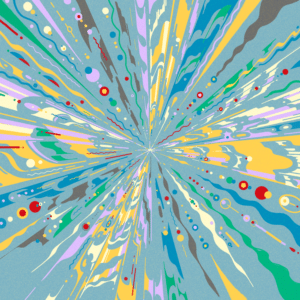Through her founding of the Downtown Gallery in New York City and promotion of contemporary artists in the United States, art dealer Edith Halpert advanced the reputation of American art and made it accessible to average Americans. A new exhibition at the Jewish Museum celebrates her career, over the course of which Halpert championed the work of such diverse artists as Georgia O’Keeffe, Yasuo Kuniyoshi, and Jacob Lawrence and fiercely defended free expression and diversity of opinion in American society.
The Jewish Museum is presenting Edith Halpert and the Rise of American Art, the first exhibition to explore the remarkable career of Edith Gregor Halpert (1900-1970), the influential American art dealer and founder of the Downtown Gallery in New York City. A pioneer in the field and one of New York’s first female art dealers, Halpert propelled American art to the fore at a time when the European avant-garde still enthralled the world. The artists she supported — Stuart Davis, Jacob Lawrence, Georgia O’Keeffe, Yasuo Kuniyoshi, Ben Shahn, and Charles Sheeler key among them — became icons of American modernism. Halpert also brought vital attention to overlooked nineteenth-century American artists, such as William Michael Harnett, Edward Hicks, and Raphaelle Peale, as well as little-known and anonymous folk artists. With her revolutionary program at the Downtown Gallery, her endless energy, and her extraordinary business acumen, Halpert inspired generations of Americans to value the art of their own country, in their own time.
The exhibition, on view at the Jewish Museum from October 18, 2019 through February 9, 2020, features 100 works of American modern and folk art, including paintings, sculptures, and prints by artists such as Davis, Lawrence, O’Keeffe, Kuniyoshi, Shahn, and Sheeler, as well as Arthur Dove, Elie Nadelman, Max Weber, and Marguerite and William Zorach, among others, and prime examples of American folk art portraits, weathervanes, and trade signs. Along with major artworks that were exhibited at and sold through the Downtown Gallery, highlights from Halpert’s acclaimed personal collection of both modern and folk art, reassembled for the first time since its landmark sale in 1973, also are on view.







